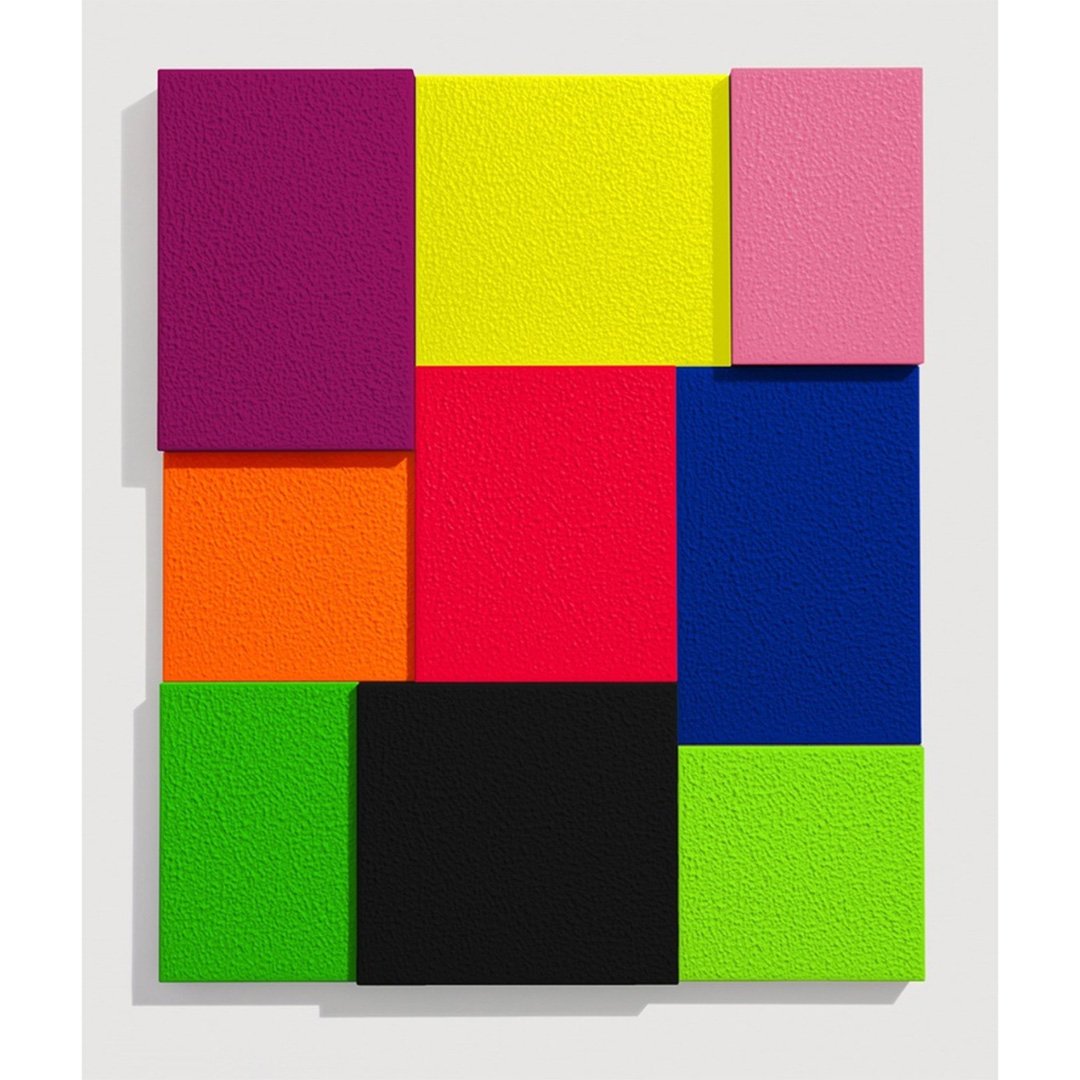
PETER HALLEY
Explore Peter Haley’s Sculptures & Paintings | Ze Arts
BIOGRAPHY
Peter Halley, who emerged in New York’s East Village art scene in the early 1980s alongside Jeff Koons and Julian Schnabel, is best known for his Day-Glo paintings of rectangular cells connected by angular conduits. While he takes inspiration from artists including Piet Mondrian, Josef Albers, and Donald Judd, Halley’s concerns are decidedly contemporary: His abstract diagrams evoke the alienation of prison cells, city living, and technology. Halley consistently works with Roll-a-Tex—an industrial, textured paint used for decoration—and applies his fluorescent hues with a roller instead of a paintbrush; there’s no sign of the artist’s hand in his finished works. Halley’s pieces have sold for up to six-figure prices at auction and can be found in the collections of the Art Institute of Chicago, the Museum of Modern Art, the Tate, and the Centre Pompidou. Halley has also produced works on paper and constructed large-scale installations around the world.He died on 8 April 1973 in Mougins, France, from a heart attack brought on by pulmonary edema. Picasso was exceptionally prolific throughout his long lifetime. At his death there were more than 45,000 unsold works in his estate, comprising 1,885 paintings, 1,228 sculptures, 3,222 ceramics, 7,089 drawings, 150 sketchbooks, many thousands of prints, and numerous tapestries and rugs.FEATURED ARTWORK
Color, Nine Times - Peter Halley
$22,500.00



